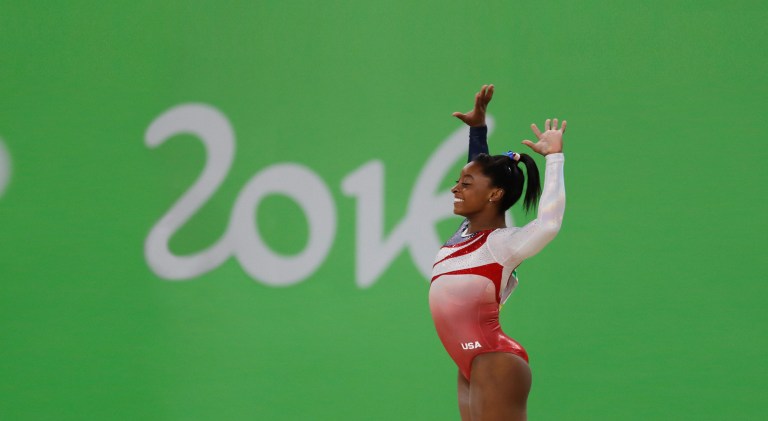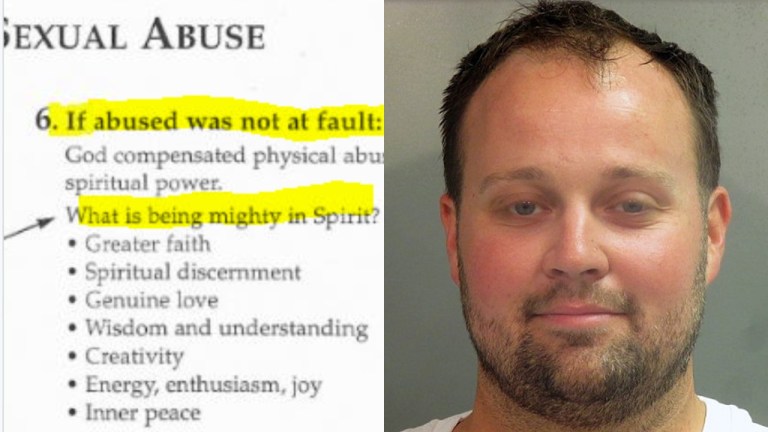6 Misunderstandings About Female Sexuality That All Men And Women Need To Know Are False


Sexuality is something that we’ve been studying for thousands of years. It’s a basis of life. Why wouldn’t we study what is one of our most driving forces?
But unfortunately, what if we’re only getting half the data we need? How we respond sexually, and how we treat sexual issues based largely on research on males. Then, this data automatically applies to the entire population—even though it’s only taken from a male point of view. For too long, we have followed a male model of sex and sexuality.
Women, especially those who are sexually attracted to men, learn to follow the desires of men. Many keep trying to fit into a sexual model that is not only antiquated but never fit from the start.
What are the six biggest myths this causes? You might be surprised:
1. Sex is for satisfying male needs.
Women’s desire and pleasure is typically linked to men’s or designed to help or satisfy men’s sexual needs, whether it’s on TV, in movies or even in women’s magazines.
2. Women deserve punishment for being sexual.
Court cases involving women’s sexuality routinely results in prosecution. Women’s desire is suspect. Our sexual response becomes a weapon against us.
Think I’m wrong? Go read any recent court case that somehow involves a woman’s private life.
3. Sex is about heterosexual procreation.
In commerce and law, stores who don’t want to support female sexuality existing beyond heterosexual procreation can actually deny women birth control because it goes against their corporate beliefs.
This sternly keeps a woman’s sexuality limited to her biological functions, without her say.
4. Desire equals physical arousal.
Teaching sexuality in schools and universities means focusing on a linear sexual response cycle. It does nothing to critique old and outdated paradigms.
Desire is often not discussed or it’s assumed that it’s the same as physical arousal. Not true.
5. Birth control is all about quick fixes.
In Western medicine, sexuality is pathologized. We look for quick fixes to reproduction: pills and medical interventions to make it right.
We don’t examine the true complexity of female desire, her sexual needs or long-term education. Women are often not even asked about sexuality at all.
6. Heterosexual sex is the “norm.”
The way people talk about and frame sex, heterosexual intercourse is the assumed norm or goal. Ideas like “foreplay” deny a whole lot of sexual activity that actually brings women pleasure.
Penetration of a vagina by a penis is still, to some, the only definition of sex.
What now?
Once you know that your sexuality isn’t one note, it isn’t black and white … you can start embracing everything about your sexuality that makes it deeply complex and special
Sex and desire are more complex than these myths.
Masters and Johnson’s research promoted a very physiological, linear model of sexual response. After it came out, this model became the common reference point for how we think about desire and response. However, this caused many researchers came in and began to ask new questions.
Oftentimes, these researchers were women who studied sexuality as something that is often circular, or even circuitous in its expression.
Helen Singer Kaplan still maintained a pretty linear model, yet she introduced the key question “What about desire?”
In other words, where do the mental and emotional aspects of sexual arousal fit into this equation?
Joanne Loulan’s model brought in a component that had not been previously examined: sexual willingness.
Willingness made room for decisions about sex. It didn’t just stick to unspoken assumptions that sex would happen in a certain way, that desire would naturally follow physical arousal, or that desire and sexual activity must follow a linear trajectory.
Assessing willingness allows us to understand different possible motivations for sexual activity. Willingness includes wanting to connect with your partner, create emotional closeness, meet your partner’s needs, have fun and many other reasons.
Assessing willingness can also include honoring the fact that you don’t feel willing.
It was Rosemary Basson who developed a more circular model of sexual response that included not only sexual stimuli, but also emotional intimacy and relationship satisfaction, which are often really important to people. FINALLY!
For instance, if you piss off or act resentful toward your partner, no libido pill will change that and make you desire them sexually.
It could bring up your physical arousal, yet emotional connection and intimacy are often pretty critical for many people to feel turned on … not only women!
Treating only the physical “symptoms” and ignoring the emotional and relational elements of desire can only go so far. Furthermore, we need to look at these issues through a broader social lens.
When women take on large burdens in their relationships or in their families, such as being the primary caretaker, they often don’t have the bandwidth or the willingness to meet their partners sexually.
Too often this becomes a case of “everyone loses.”
We are not taught, in our culture, to see sex as a skill. Thus, the lack of sex education for adults also leads to misunderstandings about desire in our relationships.
So many women become frustrated about not being orgasmic, or not having the kind of orgasms they want. Is this the reason they lack desire? In some cases, these women do not understand their bodies, what they like, what gets them off, or what they can even ask for.
Because they aren’t feeling spontaneous desire, when it comes to sex it doesn’t feel like there’s anything in it for them. They would just as soon do without, and it becomes easier to avoid the whole thing. And what if they are with a partner who doesn’t really know how to approach in an inviting and desire-producing way? It’s not exactly going to jump-start things.
But to take this as evidence of women being naturally less desirous is a misunderstanding. Women want more than the assumed penis-in-vagina endgame of heteronormative, goal-oriented sex; it only took one little trilogy to teach us that.
Desire is NOT isolated.
When we talk about low desire, we’ve got to start talking about the whole person and change our approach. Take some cues from Basson and practitioners like me who hear women’s stories all the time and know that there is no magic bullet for desire. It’s time we all got real about what desire means for US. ![]()





